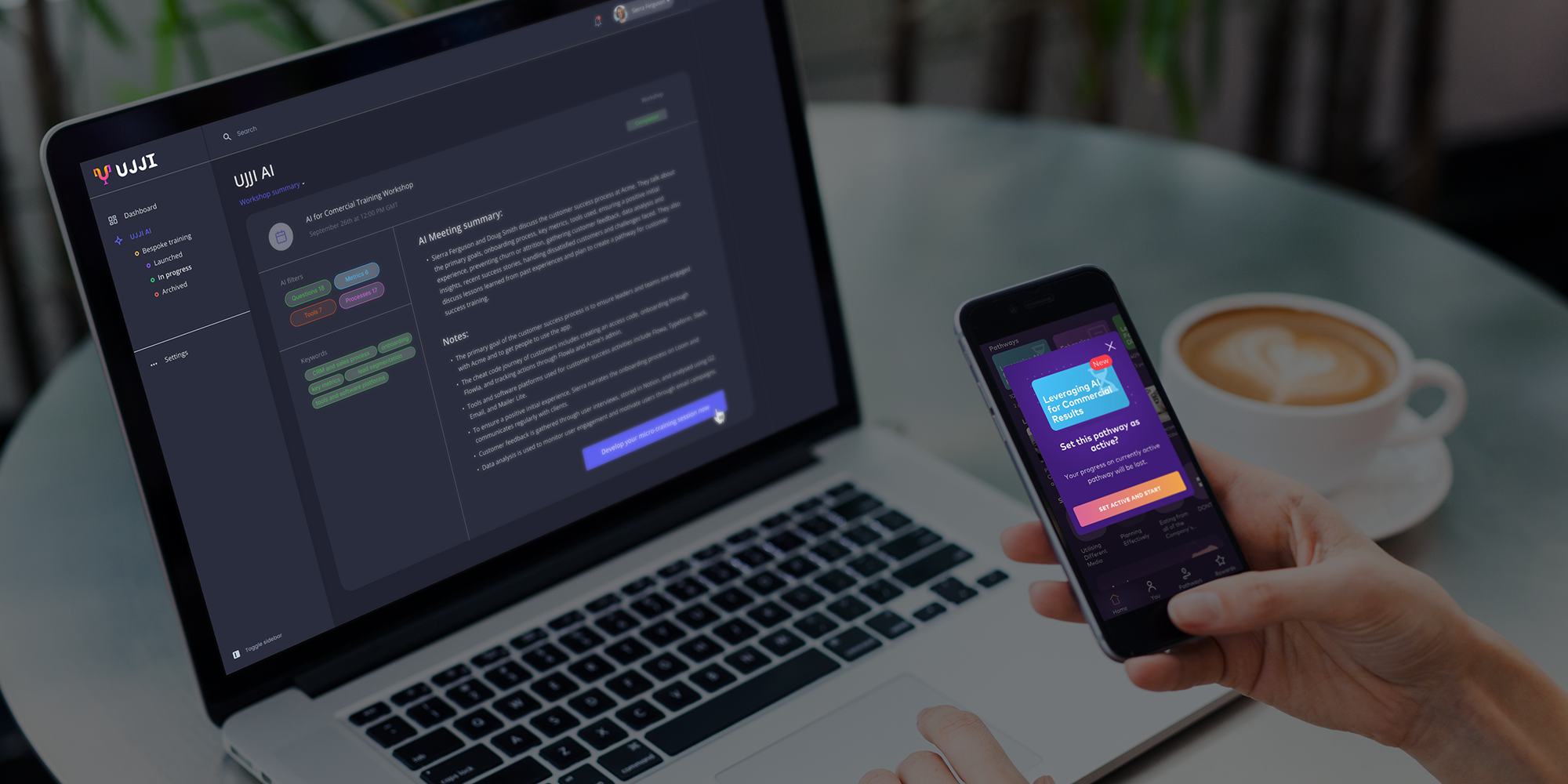Artificial intelligence is rapidly moving out of the lab and becoming a technological “force multiplier” in an ever-widening range of real-world cases, including drug development, healthcare, energy, logistics and defence, according to the latest State of AI report.
This shift is being accelerated by a surge of global capital flooding into AI unicorns, boosting their combined enterprise value to $1.3tn.
In their fourth annual report, a 188-slide monster pack that provides one of the most useful snapshots of the sector, Nathan Benaich and Ian Hogarth flag the most interesting developments in AI over the past year in terms of research, people, industry and politics.
“My pessimism and optimism both got pretty heavily jolted this year,” says Hogarth, an angel investor. Some of the military applications of AI that are being developed are “pretty terrifying”, he says. But his optimism has been boosted by the emergence of organisations such as EleutherAI, a decentralised collective of volunteers producing open source AI research for the public good. “Eleuther was a good shot of positivity.”
Benaich, a partner at Air Street Capital, says that Europe’s AI sector has expanded fast over the past five to ten years, with many more startups being launched and more global capital available to fund them, with a big increase in funding rounds above $250m. “The arc of company formation is easier. There has been a real stampede of brand name US investment firms setting up offices here,” he says.
Although Europe still lags a long way behind the US AI sector overall, there are fields in which it has particular academic strengths, including biology, physical sciences and quantum. “Capital is going wherever the opportunities are,” Hogarth says. That means European founders have greater opportunities to build globally relevant companies than ever before, but also face global competition earlier.
Here are five of the most interesting slides:
People
While the US and China remain the AI superpowers, Brazil, India, Canada and Germany are rapidly increasing the number of employees in the sector:
Money
There has been a startling increase in the size of European funding rounds. Hogarth suggests the AI sector will follow a “K-shaped trajectory” over the next few years. Some under-hyped AI companies, such as Exscientia, still have a long way to run, he suggests, while other over-hyped companies could “crash pretty hard” over the next couple of years.
Geography
While the US accounts for 56% of AI unicorns, the rest of the world is increasingly generating them too. In Europe, most are based in the UK (10), Switzerland (3), Germany (3) and France (2).
Value
There are now 182 active AI unicorns with a combined enterprise value of $1.3tn.
Safety
AI safety issues are becoming increasingly important. Google DeepMind and Faculty, both based in London, are devoting considerable resources to this area. But Anthropic, a San Francisco-based startup research company spun out of OpenAI, and some academic labs, including the Future of Humanity Institute in Oxford, are building expert teams in this field. “There is so little scrutiny over building very, very powerful software systems,” says Hogarth. “We can plausibly have systems that exceed human capabilities in 30 years but there are fewer than 200 people in the world working on oversight and regulation.”


